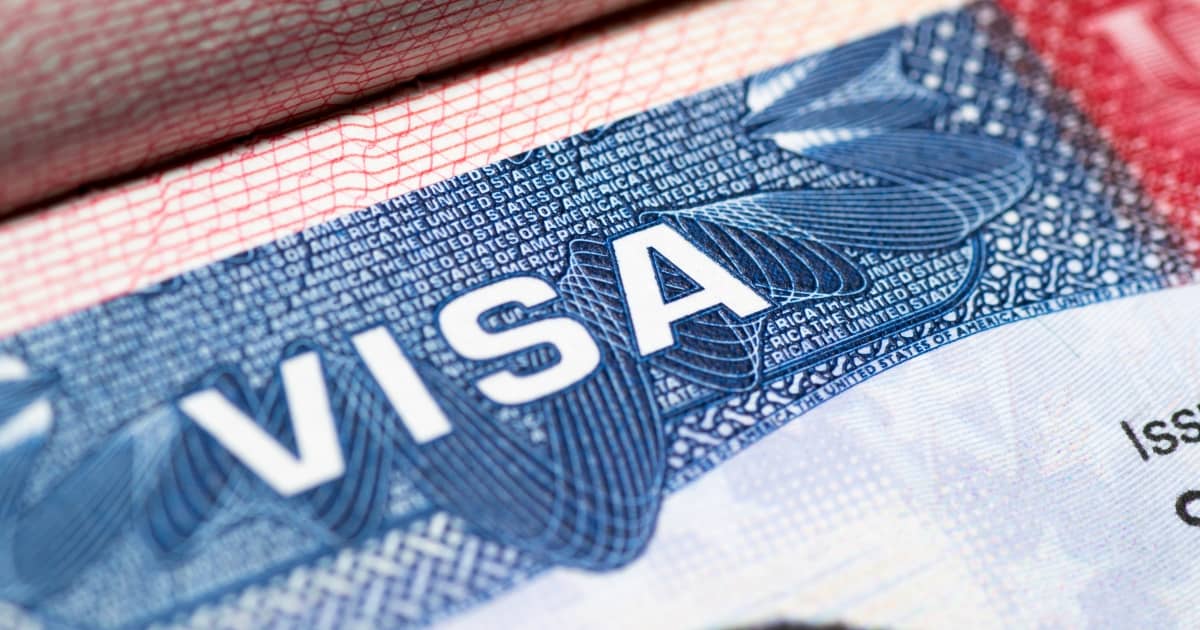[vc_row][vc_column][vc_column_text]Insurance companies assign ‘fault’ to each accident to determine who is responsible for paying medical bills, car repairs, lost wages, and rental vehicles. Every car accident is unique, so all of the evidence must be examined to properly determine fault. Insurance company claims adjusters are tasked with that purpose.
Claims adjusters can look at every piece of evidence to determine fault, including statements made by drivers. If you are involved in a car accident, be sure not to admit fault or say anything that could later be construed as an admission of fault! Even a simple “I’m sorry!” could be used against you. After a crash, here are some helpful rules to follow:
- Don’t talk about how the accident happened
- Don’t discuss who might have been at fault
- Don’t admit you were at fault for the crash
- Don’t say anything that could later construed as an admission of fault, such as "I didn’t see you"
- Always exchange contact and car insurance information
Certain types of accidents almost always find fault in the same party. If you are rear-ended, it’s almost always the other driver’s fault. If you are driving straight and someone hits your car making a left turn, it’s almost always the other driver’s fault. And if your vehicle is struck by a driver under the influence of drugs or alcohol, it’s usually the other driver’s fault.
One of the most important factors in determining fault is eyewitness testimony. Make sure to collect the statements contact information of any witnesses to the collision. If police are at the scene, request that a police report be taken of the crash.
If you or a loved one has been involved in a car crash, contact the
car accident lawyers at the Law Offices of Scott Warmuth today for a free consultation. We can help you seek medical treatment, get your car repaired, recover lost wages, and receive compensation for your pain and suffering. Call
888-517-9888 today![/vc_column_text][/vc_column][/vc_row]














